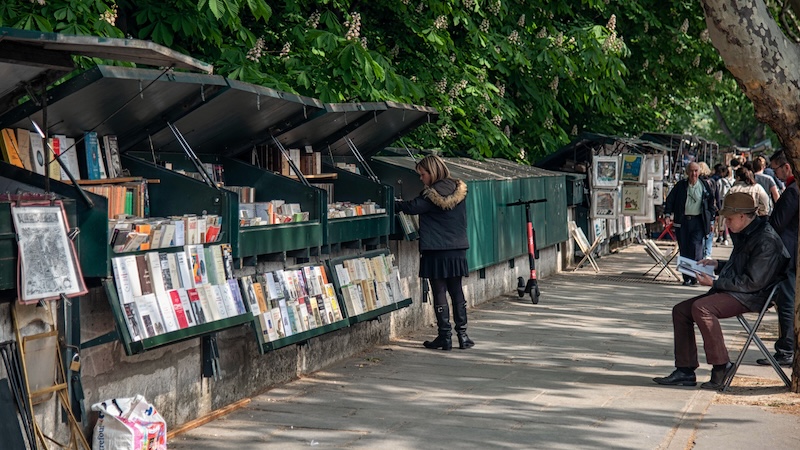Sir James L. Thornhilll
BOOMER talks with the up-and-coming local artist, whose work can be found all around the city
PHOTOGRAPHS COURTESY OF SIR JAMES L. THORNHILL
At 58, Richmond artist James Thornhill speaks with a liveliness and passion you’d expect from a bright-eyed youngster, and he moves like a person keenly aware of his life purpose.
For him, retirement has been nothing more than a continuation of his spiritual journey, one carved by the pursuit of art and beauty, love and creativity.
A sage not reticent to speak his mind, he lives by this maxim: “If you don’t create your own reality, somebody else is going to create it for you. And so, over a period of time, we create who we are.”
PORTRAIT OF AN ARTIST AS A YOUNG MAN
As a child in Jackson Ward, the historically African-American neighborhood downtown where he still works, Thornhill had an active mind – though not for academics.
But his teachers could reach him through creative endeavors: Decorating the school’s interior, its bulletin boards and even its doors motivated him to stay in school and visualize the kind of success earned by such historically prominent Jackson Ward residents as banker Maggie L. Walker and newspaper editor John Mitchell Jr.
“I just have a natural ability to create,” he says. “When did I realize I could paint and draw? I never realized I couldn’t. Nobody told me, ‘James, you can’t paint, you can’t draw.’ ”
His propensity for art was again encouraged some years later while he was working for Phillip Morris, first doing general labor and then manufacturing. Thornhill remembers, at 18, being asked to leave the floor one day to create artwork for the company’s marketing department. Word had gone around that he was a bright, artistic mind who could speak to the everyday man. He created advertisements, posters and drawings. When the company would sponsor plays, it had him design stages.
After a two-year stint in the Army, Thornhill returned to Phillip Morris. He retired in 2008 after 331⁄2 years with the company.
In between, he has studied art under mentors Alex Bostic, a Virginia Commonwealth University professor, and Samuel Banks, the retired Richmond Public Schools director of art education and humanities. He has taken several classes, at both VCU and Grand Central Academy of Art in New York City.
‘SIR JAMES’ – THE PAINTER AND THE TEACHER
Google “James Thornhill.” The first item you see is a Wikipedia page for an English painter born in the 1600s – Sir James Thornhill, who would become knighted by the king.
Through a recent genealogy search, Thornhilll discovered the earlier artist was an ancestor. Serendipitous beyond the name resemblance is the fact that their works, Thornhill says, are in many ways quite similar, especially in their command for painting fabric.
“So I found a lot of validation in ‘Sir James Thornhill,’ ” says the modern-day Thornhill, who borrowed the “Sir” for use, as well, “and I see this is why I’m here.”
Thornhill, who works with acrylic and oil paint, has illustrated a number of jazz musicians, including Billie Holiday, Freddie Hubbard and Eddie “Lockjaw” Davis. He’s painted President Obama and Martin Luther King Jr. and depicted life he saw in his travels to Ghana, Nigeria and Jamaica. A member of the United States Air Force Art Program, Thornhill says he’s the first African-American artist to do paintings of drones.
In all, he’s completed about 200 paintings. One sold for $7,000; many have been made into prints; and others can be found in various museums and galleries, including the Singletary Gallery of African Art in Portsmouth.
In local schools and on the buildings of businesses around the city, Thornhill has painted murals of Bob Marley, 19th-century Jamaican political leader Marcus Garvey, Patrick Henry, Nelson Mandela and Winston Churchill.
Thornhill sees his life as coming “full-circle.” He tries to provide the same sort of mentorship he received as a child. A few days each week, he teaches art in after-school programs to students in about 20 area schools.
Through the Sir James Thornhill Global Arts Initiative, he takes young graffiti artists and “makes them real artists,” he says.
“If you can reach kids through a piece of art, a mural or music, it changes the whole composition of the city.”
Daniel Jones is a freelance writer.


